Disclosure: Meeple Mountain received a free copy of this product in exchange for an honest, unbiased review. This review is not intended to be an endorsement.
The concept of “weight” and “complexity” when it comes to a game has always gotten a little under my skin. When you start talking about a game being a “family” game or a “gateway” game, there seems to be a level of judgment that is a few steps away from gatekeeping. Many of my favorite games are “simpler” or “family” games! I believe that most people are intelligent and capable of learning new skills, and if they’re passionate about something a complexity rating will not deter them.
But it’s also important to acknowledge that people play games for all sorts of perfectly valid reasons. Some people play games to be present with their families, some play to experience the thrill of competition, and some people are giant weirdos like myself who want to talk about the form and shape of the experience that a game engenders. I’ll talk about designer Phil Walker-Harding’s new game, Cloud City, the only way I know how: what kind of experience does it create for players?
We got that 3D, ya dig?
Cloud City is fairly abstract. You’re building tall buildings and connecting them above the clouds. On your turn, you place a tile from your hand of three into your personal grid (3×3 is the max size in a 4 player game, 3×4 in 2 and 3 player games), and then take the corresponding plastic buildings and place them atop the tiles. The plastic buildings are good.
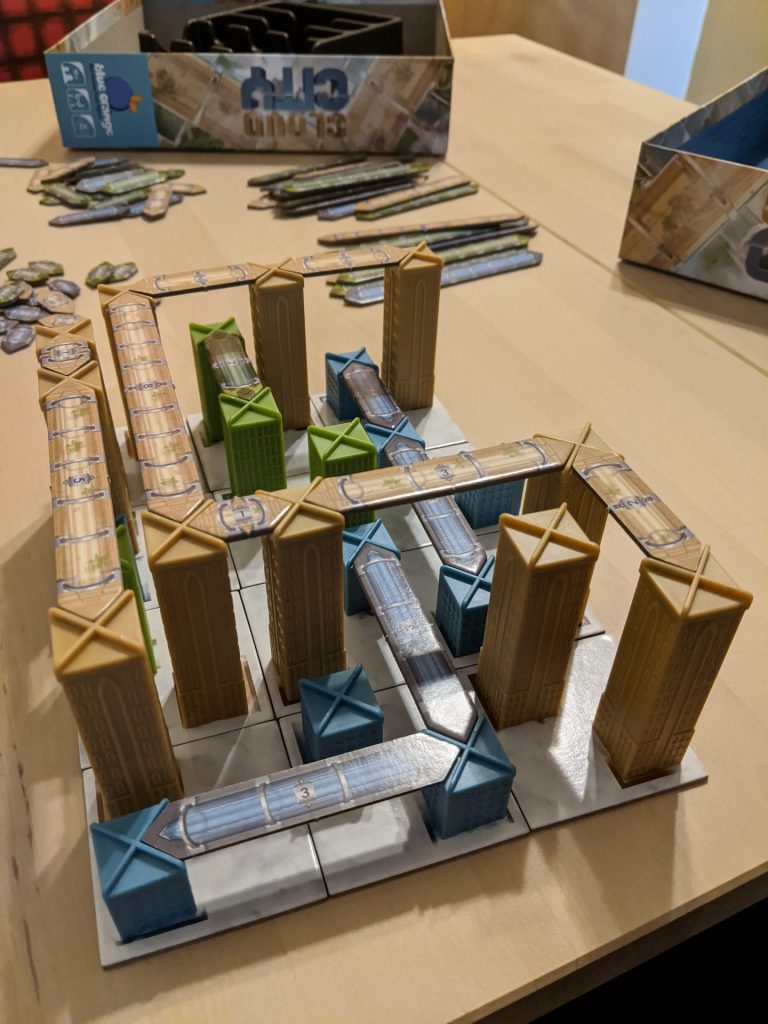
Then you can optionally add as many walkways to your city as it can support. Walkways can only connect buildings that are in line with each other and the same height, and they may not go over a space where there is no tile. Each building can only have two walkways branching from it. Then you either select a new tile from a selection of 3 on the table or blind draw to bring your hand of tiles back to 3.
Once everyone has completed their grid, points are scored by adding up all the numbers on the walkways and then the most points win. There is also the option to play with 1-2 Special Request cards, which are essentially goals or penalties you try to hit/avoid for gaining/losing points.
What’s the take?
I love city building games, but the sedate nature of this one was a disappointment.
Now, as far as the game goes, this one gets a resounding “meh” from me. There are two reasons why this is the case: one, the game itself is pretty unexciting, and two, there is an accessibility issue that I was very surprised to see.
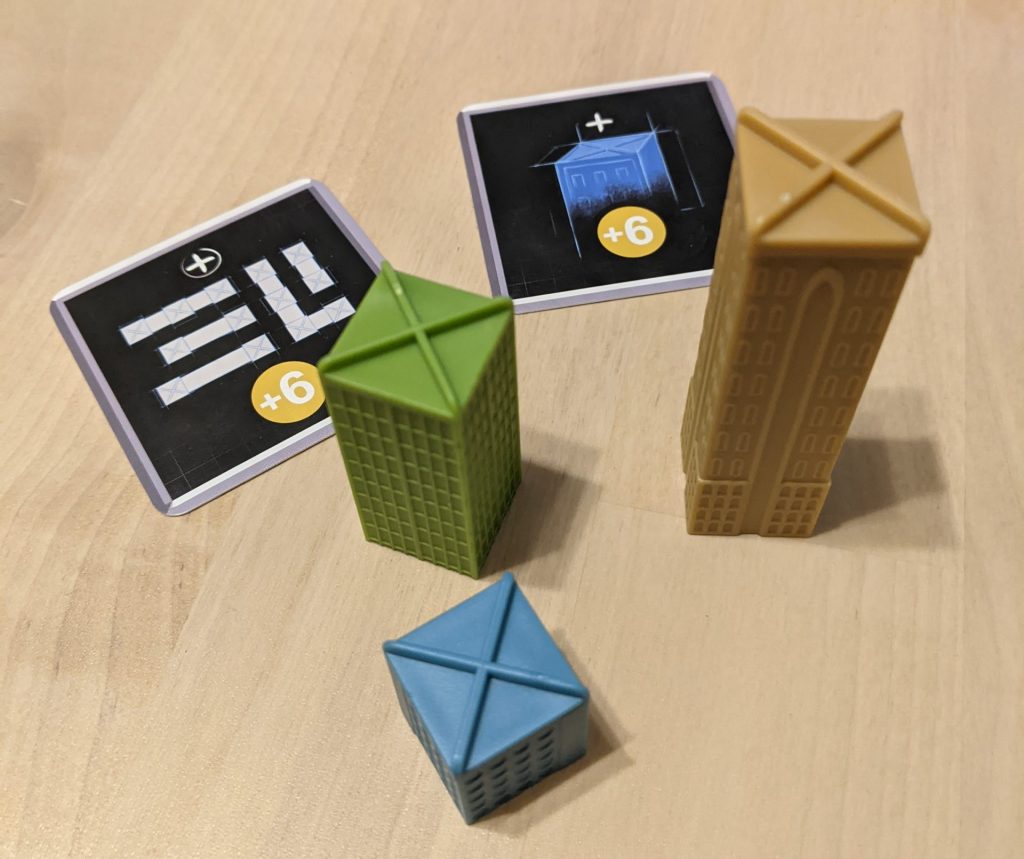
I’m actually a huge fan of Walker-Harding’s work. Sushi Go, Cacao, Archaeology, and Bärenpark are excellent games that offer plenty of meaningful choices and are extremely easy to learn. The closest comparison to Cloud City is Bärenpark, which also features a tile-laying puzzle (though in Bärenpark they are polyominoes) and goal cards, and the expansion adds a 3D-puzzle-y element.
Bärenpark has the fun of racing to complete your park, a limited supply of tiles so you don’t always get what you want, and a challenging puzzle to solve. In contrast, Cloud City has a fixed endpoint, limited walkways (though in my plays we never really ran out of them so there wasn’t much competition for them), but the puzzle always felt pretty easy. There are some Special Request cards where players compete to beat each other so you have to look at someone else’s city, but it never felt like more than a chore.
Finally, there is a serious accessibility issue that I discovered in playing with a colorblind player. The buildings are different sizes so telling them apart is no problem, but the tiles and the walkways are made in shades of brown, blue, and green. For the red-colorblind player, brown and green were completely indistinguishable and there are no graphic design elements on the tiles to help distinguish.
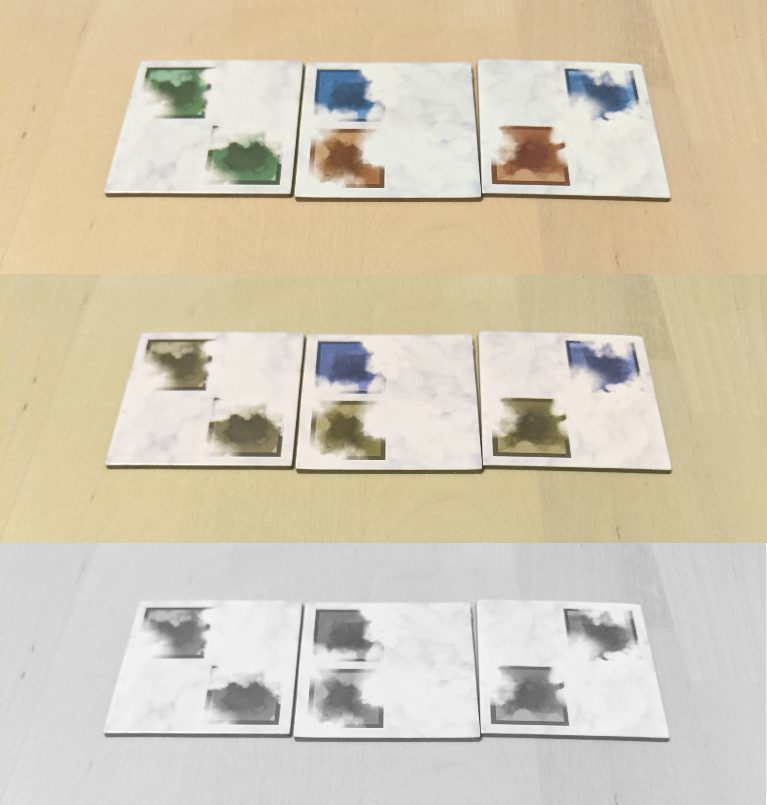
To facilitate play for this player, my group had to place all the available building tiles out with buildings on them so he could tell them apart. This is frustrating because it would have been trivial to place symbols on the tiles for players to more easily distinguish them.
Family style
When reviewing a game, I think the goal is to give someone information about a potential consumer choice. I also try to get a little heady and thoughtful about my reviews. There are an abundance of marvelous games that have very few rules. So with so many options for a low-complexity game night, is there any reason to pick Cloud City? Blue Orange has released many excellent games of the same “weight” as Cloud City: Kingdomino, Blue Lagoon, Planet, and Photosynthesis. But unfortunately, I don’t think that this game holds up against a very strong catalog of similarly-priced games with similar complexity levels.
But, if you like the pieces and the accessibility issues don’t bother you it might be the game for you. It just wasn’t for me.





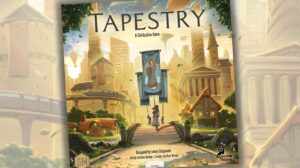

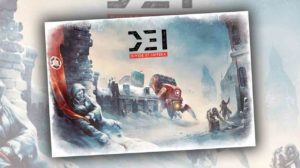




Thanks for a great review! Your reasoning leads me to believe that this is not the game for me, so I will be skipping this one.
You have, however, brought up some interesting alternatives at which I will likely take a closer look.